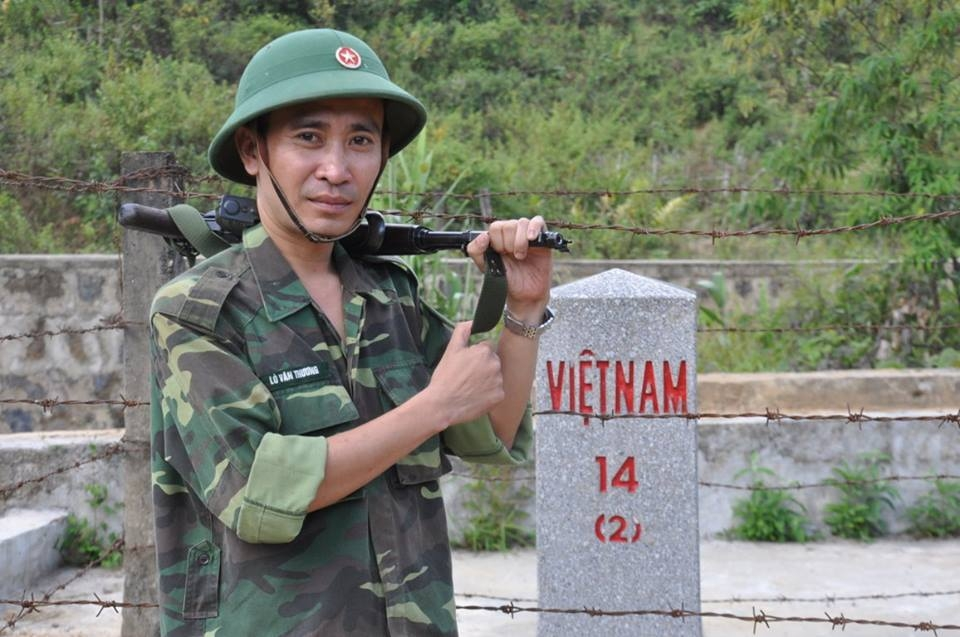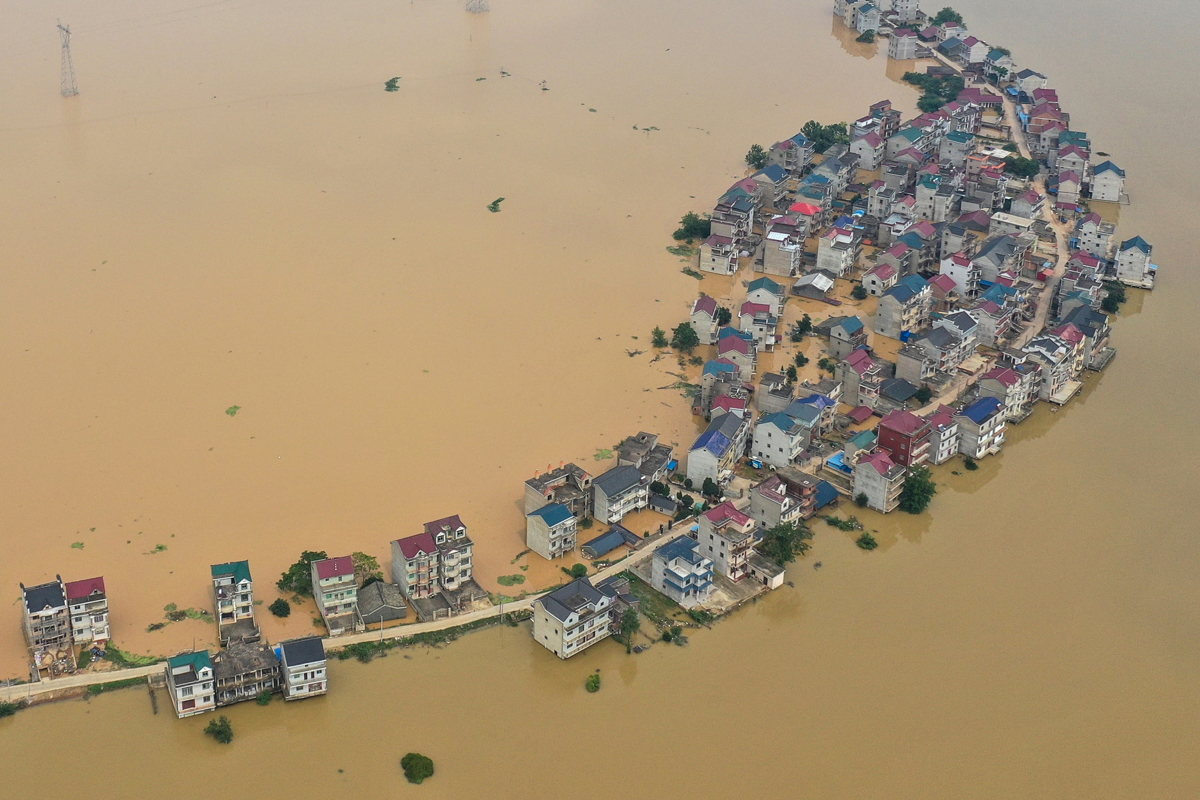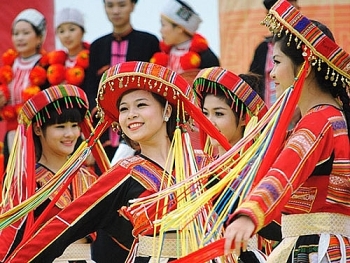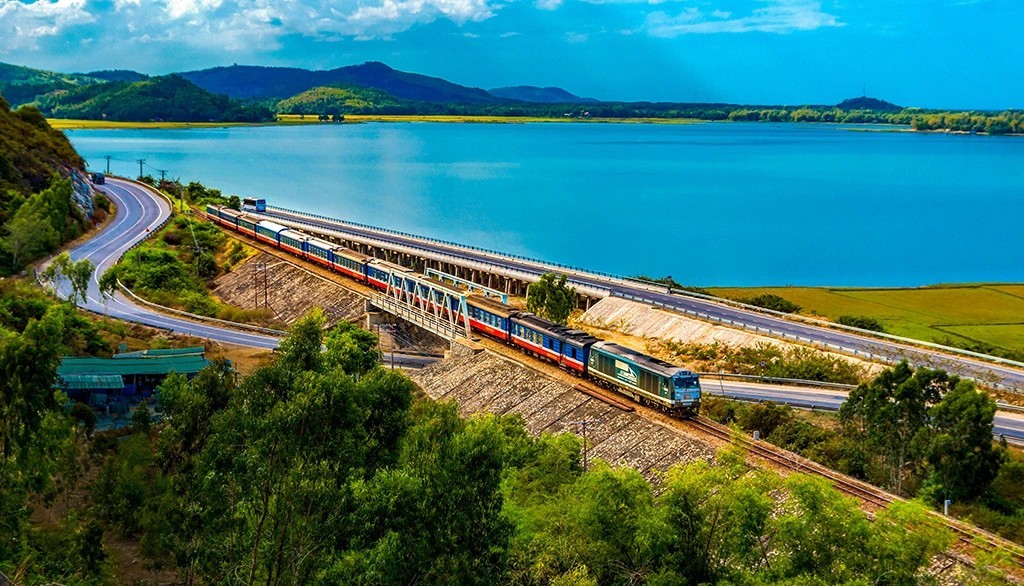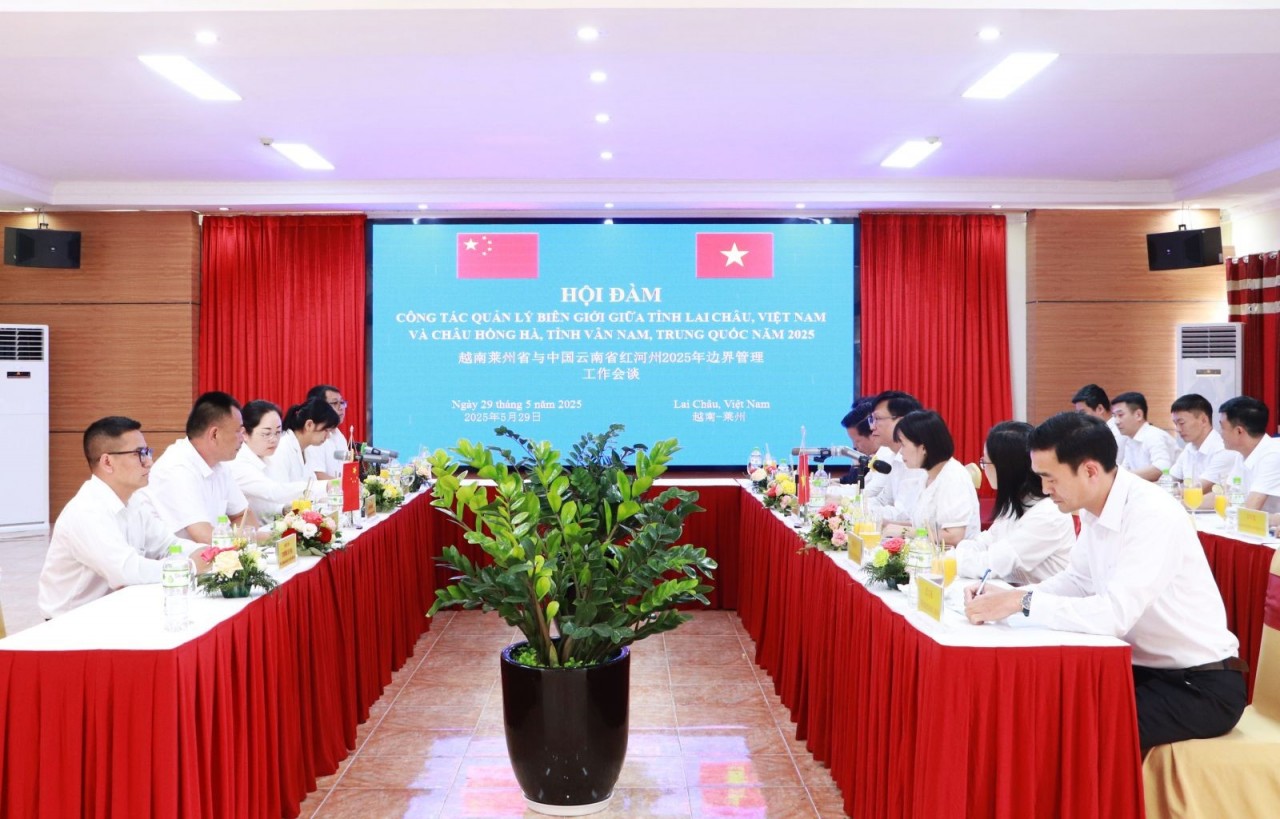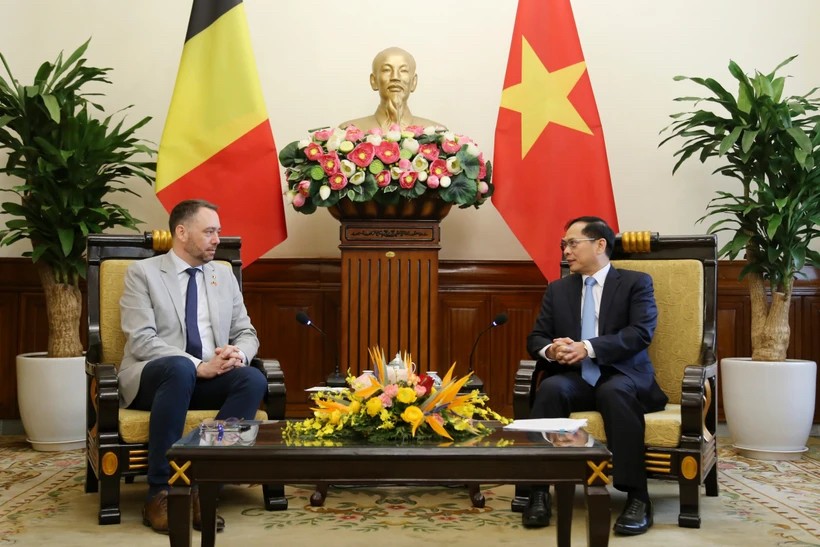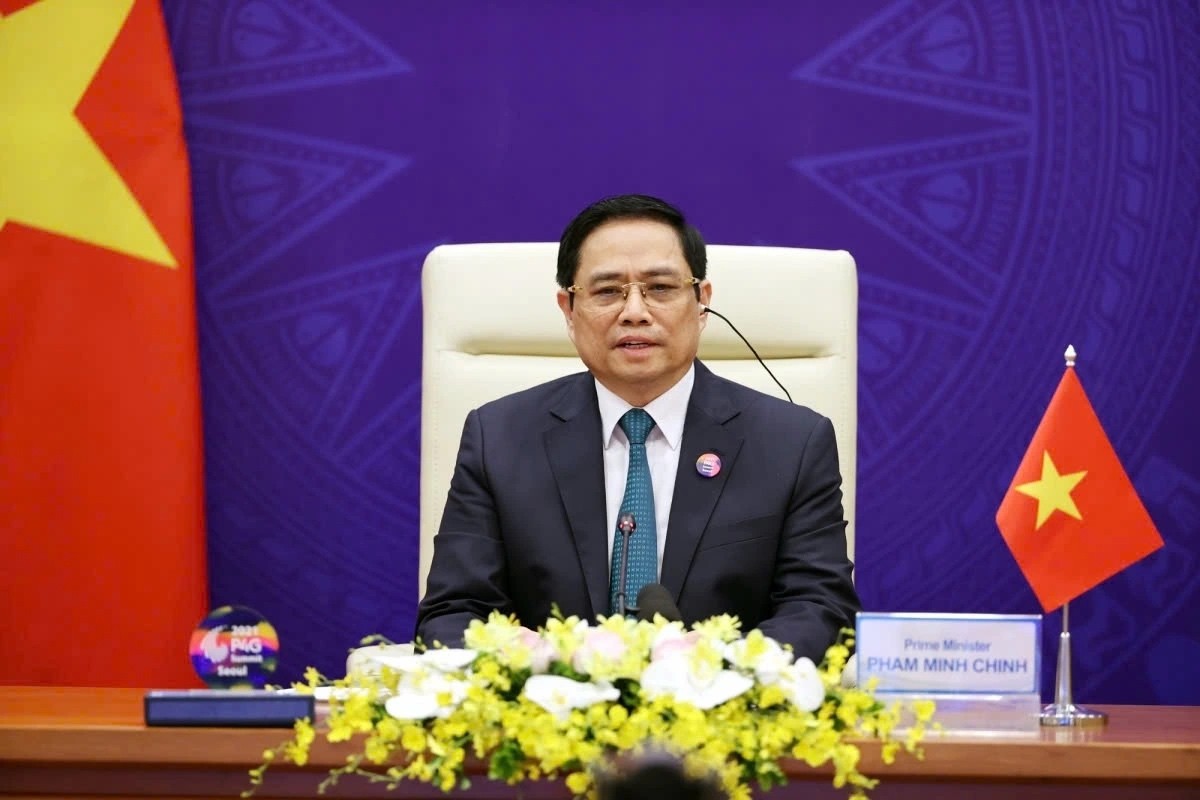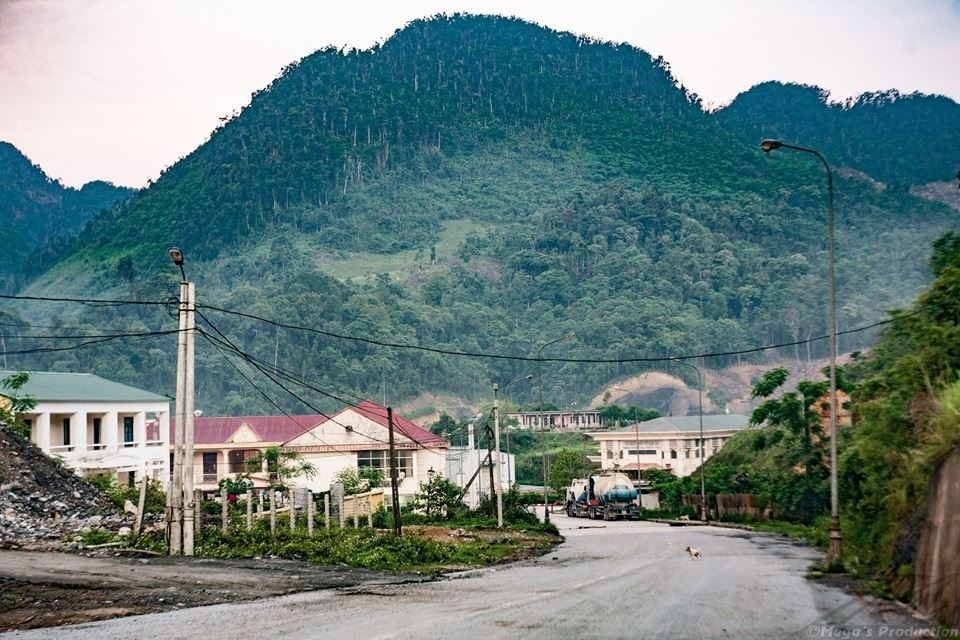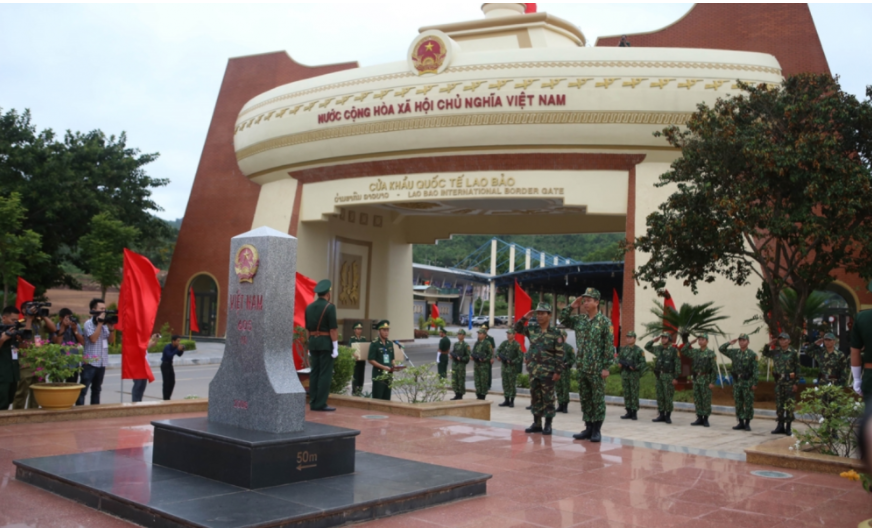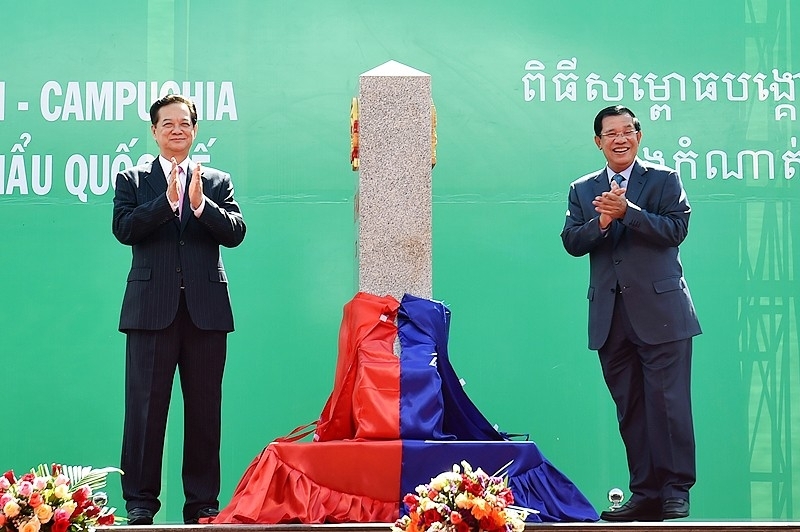Dong Dang - Ping Xiang Railway Establishment: Disputes Suspended For Trains To Depart
| Vietnam-China Border Management, Cooperation And Struggle | |
| Rain-triggered floods affect nearly 55 million people in China | |
| National Territory Protected Against Emerging Soft Powers In The Flat World |
The diplomatic relations re-established by … railways
Dong Dang - Ping Xiang international railway is one of the two arteries (road and railway) connecting Vietnam and China, which was built after 1954 with the help of the Government and People of China.
The Dong Dang - Ping Xiang international railway has a section passing through the Huu Nghi Quan border area. This is the border area where a severe confrontation between Vietnam and China happened due to different legal perceptions.
During the negotiation on the delimitation of the Vietnam-China mainland border, after comparing the two sides' border maps, the Huu Nghi Quan border area was classified into the Category C - border areas with different perceptions of the direction of the borderline according to the policy of each party. The Huu Nghi Quan border area is one of 164 type C areas, numbered as area 249C.
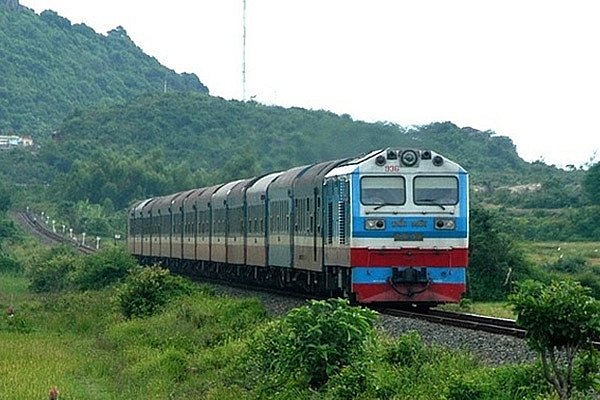 |
| Today, there are 2 cross-border trains running from Hanoi to Beijing every week through Dong Dang station |
The current status of legal documents and the history of the area's protection and management make it difficult for negotiation to be accomplished. Meanwhile, establishing the intercountry railway after the diplomatic relations were restored is of great importance, not only for the needs of economic development cooperation and people's livelihoods but also politically and socially meaningful to the diplomatic relations between the two neighbouring countries that had just experienced a fierce border war.
In preparation for the visit to China by the high-level delegation of the Party and the State of Vietnam, led by General Secretary Do Muoi in 1995, which was also the first state-level friendship visit after Vietnam's political relations with China restored, the establishment of the Dong Dang - Ping Xiang and Lao Cai - Son Yeu railways is considered one of the top prioritised issues.
However, the question is how can it be done when the intermodal railway passes through the area with unsettled different perceptions of the direction of the border?
Disputes suspended for trains to depart
While China had long sought to assert the borderline goes through the "railroad switch", Vietnam believed that the borderline must go through the "flat-roof house", the house that protects railway communication equipment. In reality, the flat-roof house is located to the north while the rail junction is to the south. These two points are about 300 metres apart.
The highest leaders of the Party and the Government, along with the state management agencies at that time had to undergo extremely tense meetings regarding the dispute. At some point, it seemed like it was impossible to solve the problem. The majority of the participants in the discussion agreed that if China would not give up their claim that the borderline crosses the point that they had deliberately imposed since helping Vietnam build the route, then it would not be necessary to inaugurate the railway. The protection ofnational borders and territories must be the top priority.
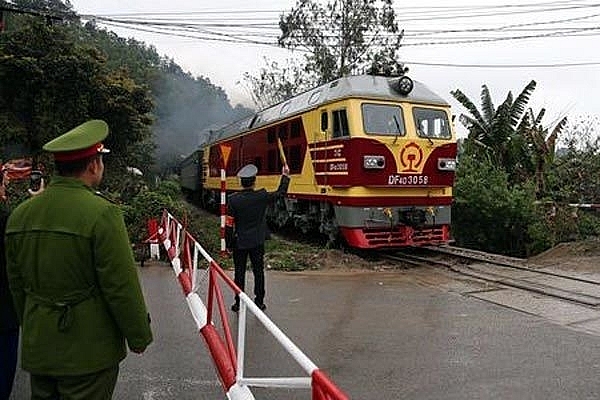 |
| In March 2019, the Dong Dang - Ping Xiang railway route welcomed the armoured train carrying President Kim Jong-un and his entourage to Dong Dang station (Lang Son, Vietnam). |
In the circumstances, with the responsibility of an advisory body for the Party and State on the national border and territory and with the scientific, objective and visionary spirit (and courage), we boldly presented that the nature of the legal and managerial dispute in this area was opposed to the perception that existed before. It can be said that China and Vietnam's perceptions of the borderline's direction both lacked a legal basis.
This was the area with confronting perceptions that needed further negotiation which should comply with the mechanism and legal basis that the two sides had agreed upon. Therefore, we proposed a temporary yet practical solution which would not affect the process and results of ongoing border negotiations between the two sides. Accordingly, Vietnam and China accepted to "freeze" this 300-metre-long railway, which means when trains coming from Vietnam reached the "railroad switch" and when those from the Chinese side reached the "flat-roof house", all had to stop to let the state management forces of both sides leave the train. Only technical experts, train drivers and cargo service staff remained on board to perform professional duties and services.
This was considered a very difficult decision because this place was once soaked with the blood of our soldiers and fellow citizens during the border war in 1979.
After listening to our explanation for the proposed solution, the leaders of the Party and the State agreed to assign the leader of the Government Border Committee to preside a negotiation with China during the next Vietnam high-ranking delegation's visit to China. I was lucky enough that I was a member of the delegation which was led by General Secretary Do Muoi in late 1995.
The most intense 300-metre-long railroad
Although the application of a temporary solution for the railway's establishment had been agreed by the leaders of the two sides, the negotiation process was still intense.
At the meeting room of the famous Diaoyutai State Guesthouse on November 26, 1995, Vietnam and China negotiated to find a solution to open the railway as soon as possible. Although the specific contents of their railway operation plan were presented, analysed and explained, a consensus on the length of the disputed railway could hardly be accomplished: China persistently claimed to extend the disputed railway section 300 metres to the south of the railroad switch to create a "frozen" railway section of 600 metres; in fact, they still held on to the idea that the borderline should cross the railroad switch. Vietnam resolutely rejected this claim as 300 metres to the south of the railway junction was completely outside the disputed area formed by the two sides' border maps.
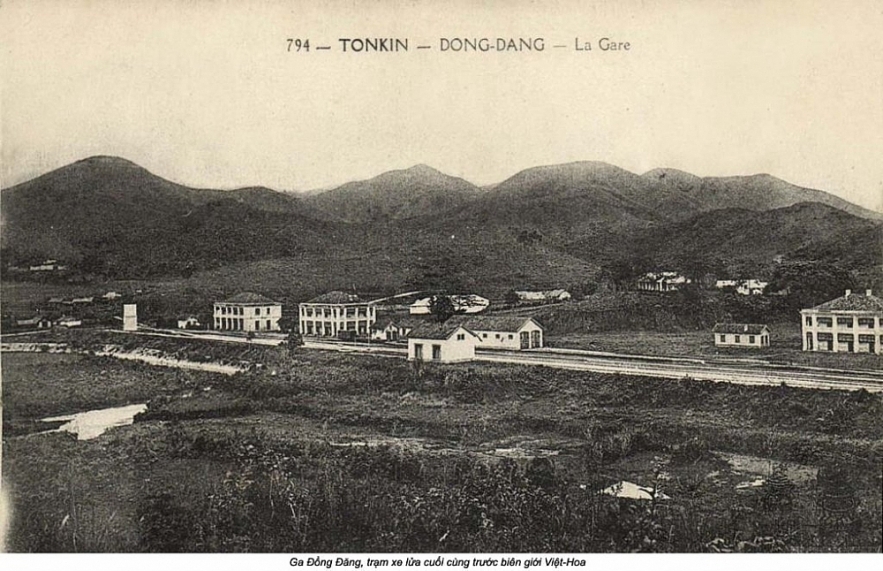 |
| Dong Dang station in early XX century. |
Negotiations had to stop without a final agreement so that the members of the Vietnamese and Chinese delegations could get ready for the reception dinner of General Secretary Jiang Zemin.
At around 6 p.m., Ambassador Ho Can Van, a member of the Chinese delegation, came knocking on my door to inform that they fully agreed with our proposal and asked the experts from both sides to compose a written agreement for the both team leaders to sign before going to the reception dinner.
Around 7:00 p.m., the content of the railway establishment minute was completed and the two sides carried out the procedures to sign the Dong Dang - Ping Xiang and Lao Cai - Son Yeu railway establishment minutes at the meeting room of Diaoyutai State Guesthouse.
In 1996, the Vietnam-China international railway was officially inaugurated.
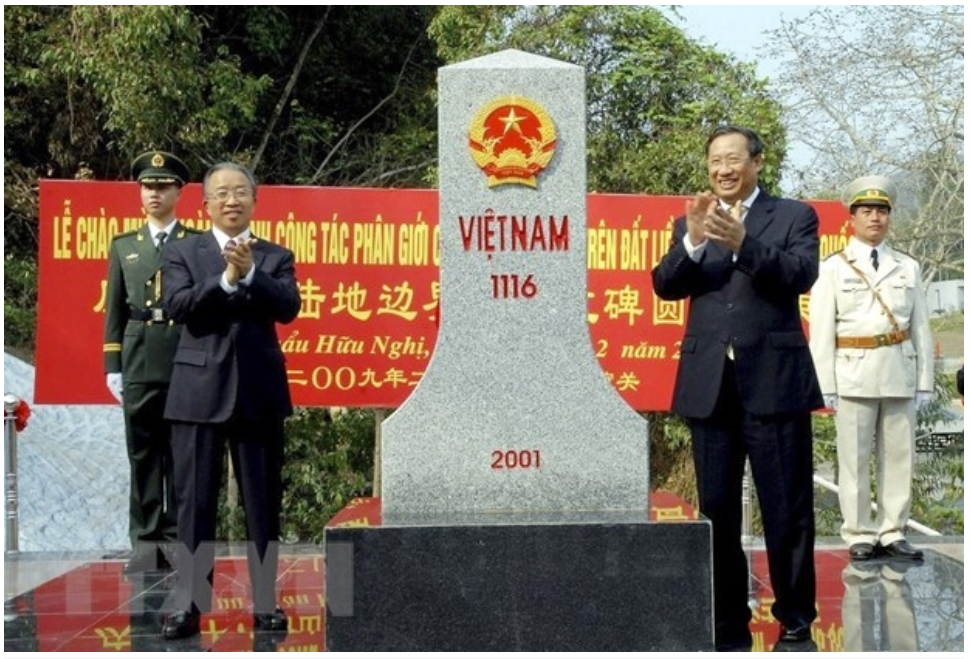 | Vietnam - China Land Border Vietnam and China shares the Land border of more than 1,400 km in length. Seven Vietnamese provinces (including Dien Bien, Lai Chau, Lao Cai, Ha ... |
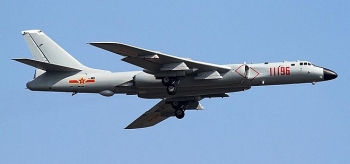 | New evidence cast doubt on China to deploy bombers near the disputed border with India The Chinese Air Force is believed to have deployed six H-6 bombers to Kashgar airport in Xinjiang autonomous region near the disputed Chinese-Indian border in ... |
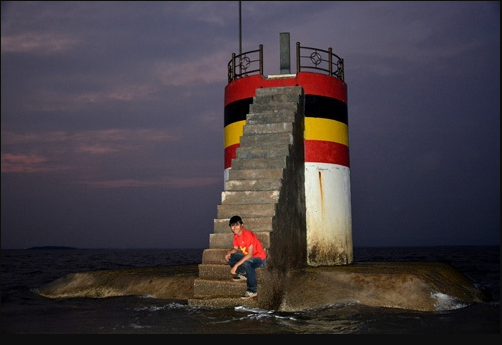 | The Definition of National Territory and Border In this article, the author - Dr. Tran Cong Truc, shall discuss basic definitions relating to national borders. |
In topics
 National
National
"Our coast is long, beautiful, we have to know how to keep it ..."
Recommended
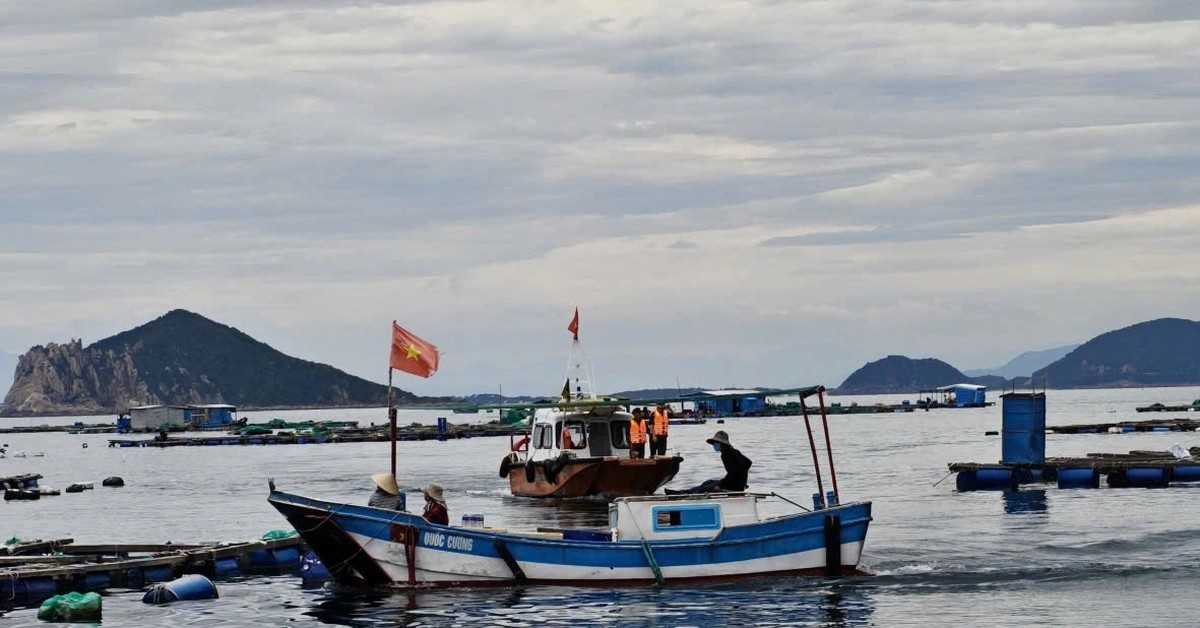 Seas and islands
Seas and islands
Dak Lak Steps Up Communication to Combat Illegal Fishing
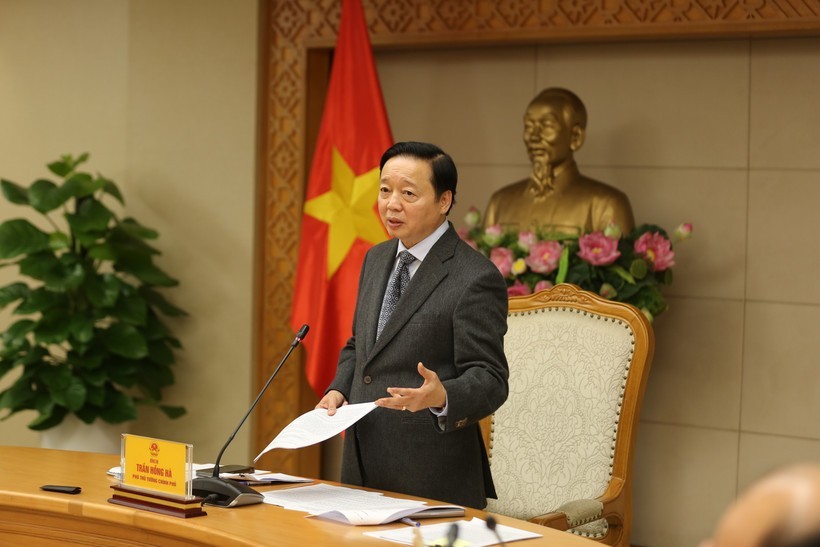 Seas and islands
Seas and islands
Vietnam Finalizes and Submits IUU Fishing Control Report to the European Commission
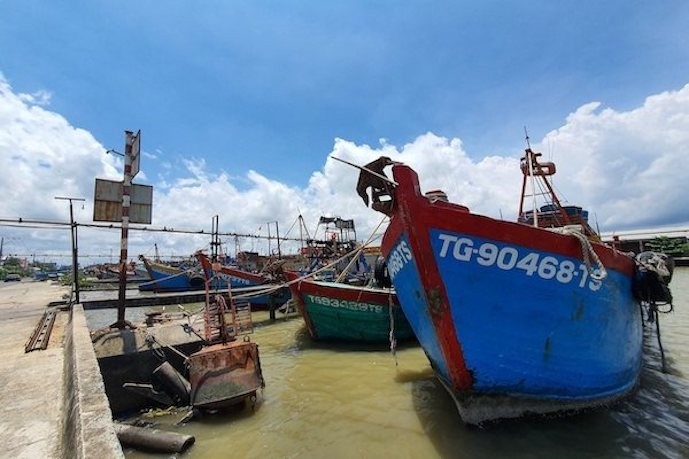 Seas and islands
Seas and islands
Enterprises Violating IUU Regulations to Be Expelled from VASEP
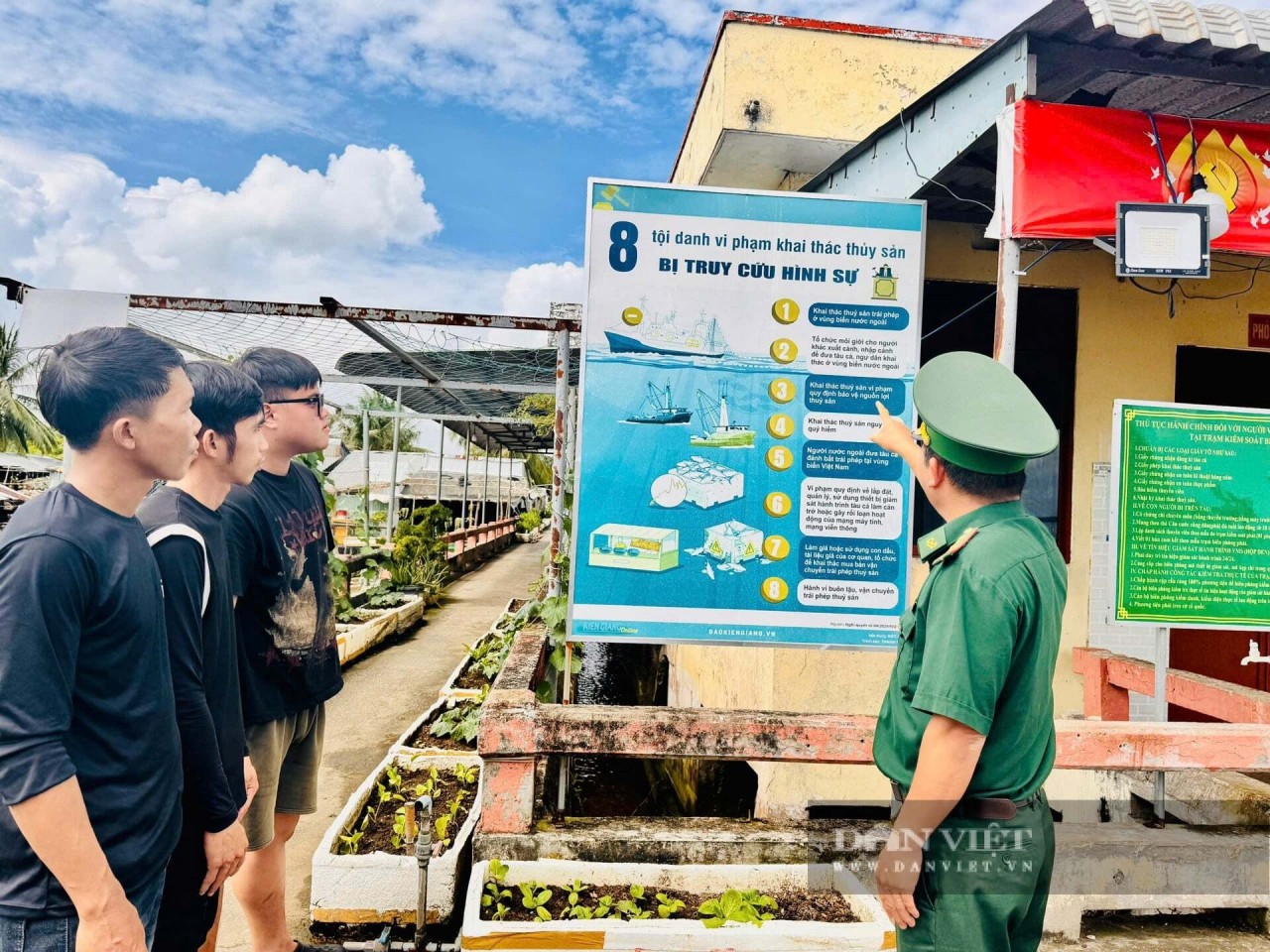 Seas and islands
Seas and islands
An Giang Steps Up IUU Crackdown, Pursues Violating Fishing Vessels to the End
Popular article
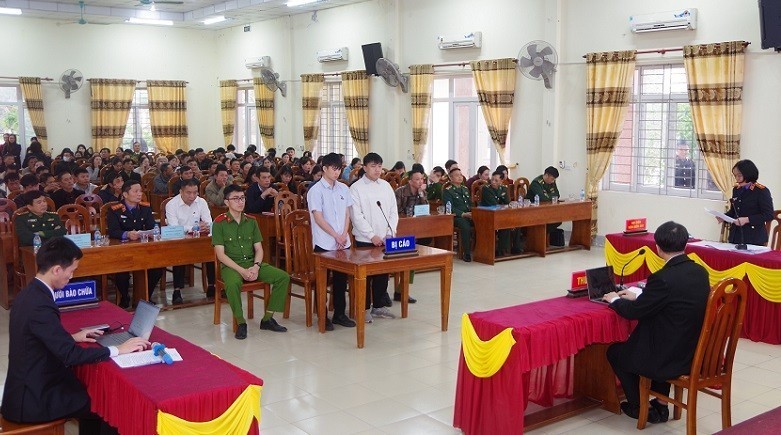 Seas and islands
Seas and islands
Nghe An Rolls Out Urgent Measures to Combat IUU Fishing
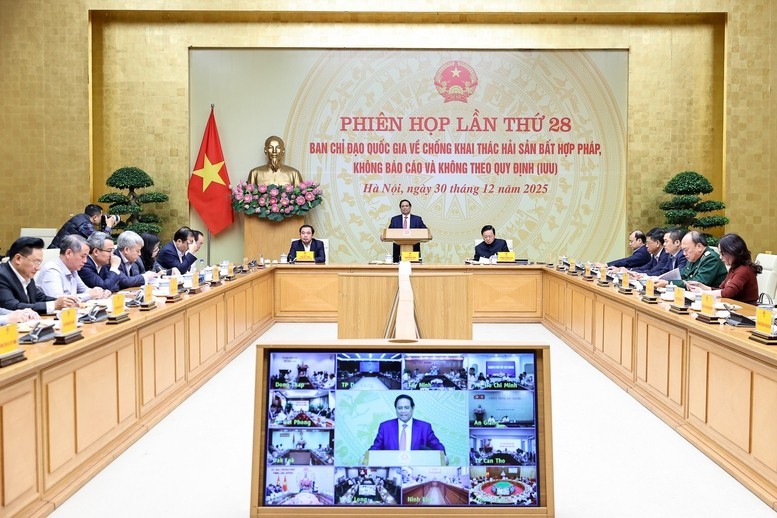 Seas and islands
Seas and islands
Prime Minister Calls for Substantive Action Against IUU Fishing
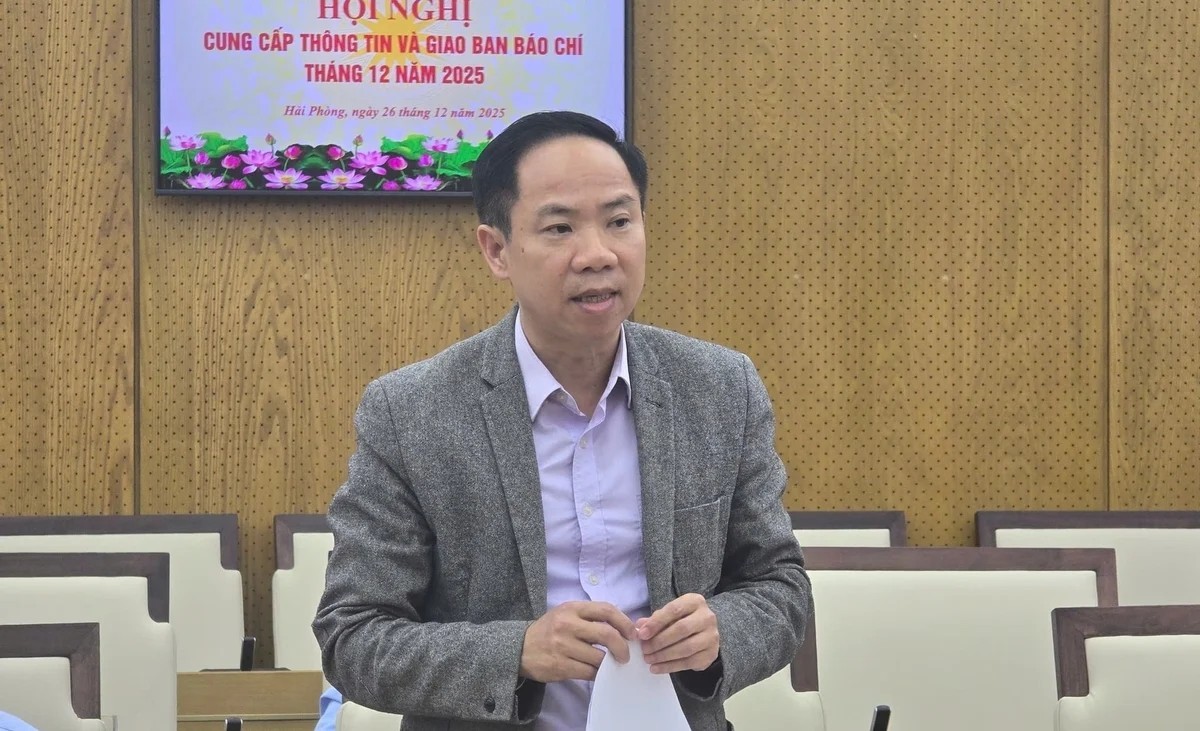 Seas and islands
Seas and islands
Hai Phong Tightens Fleet Management, Determined to Join Nationwide Efforts to Remove the EC’s IUU “Yellow Card”
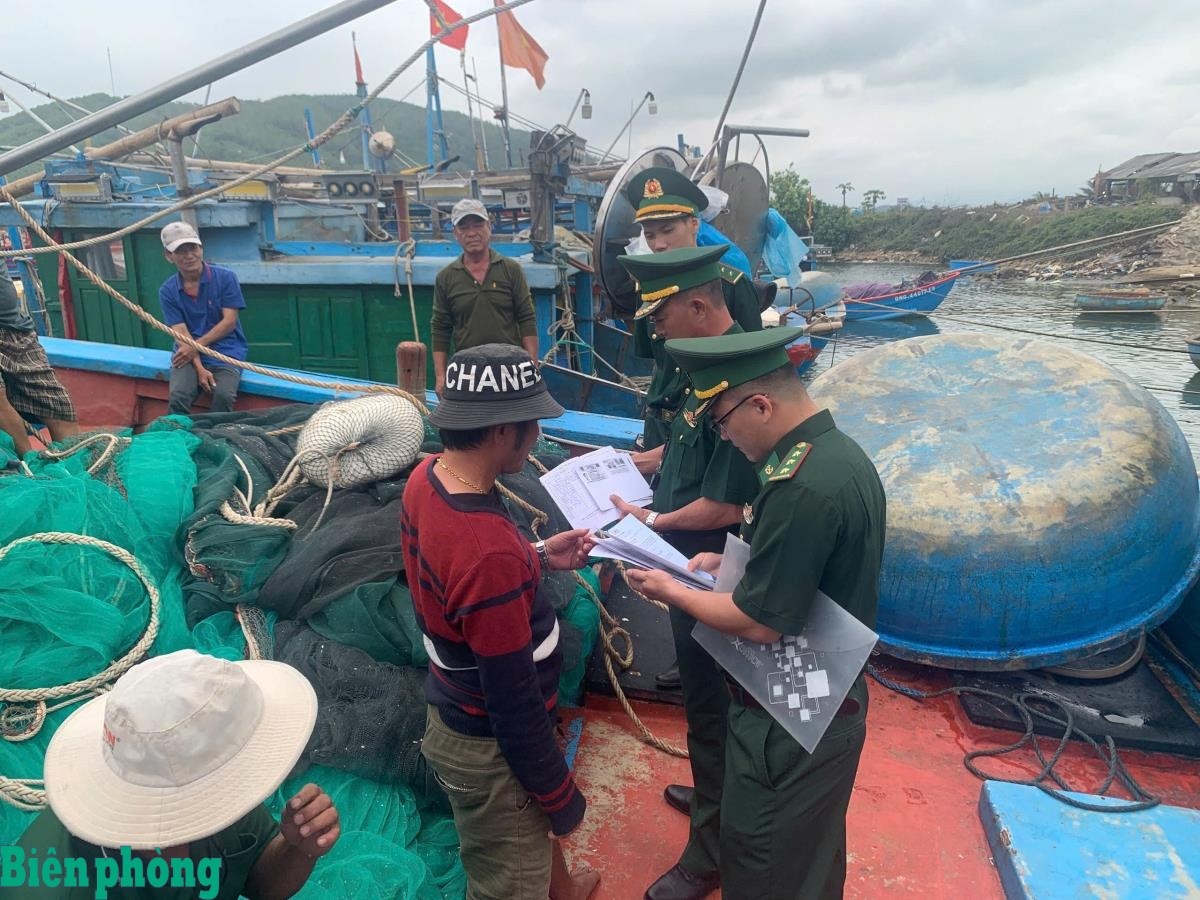 Seas and islands
Seas and islands

